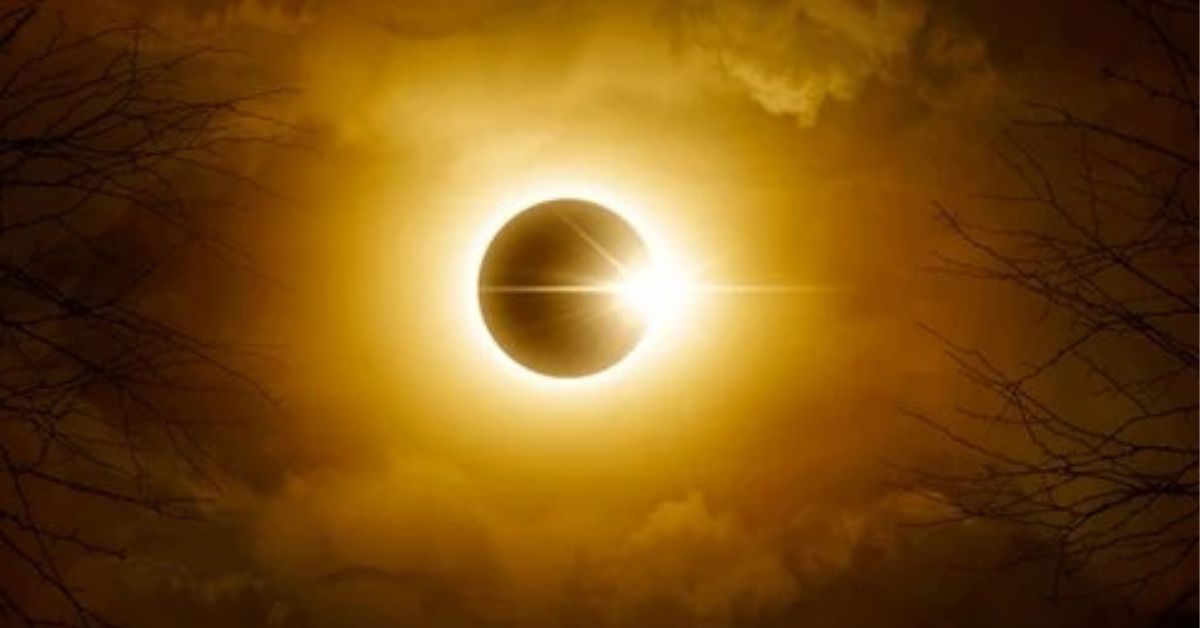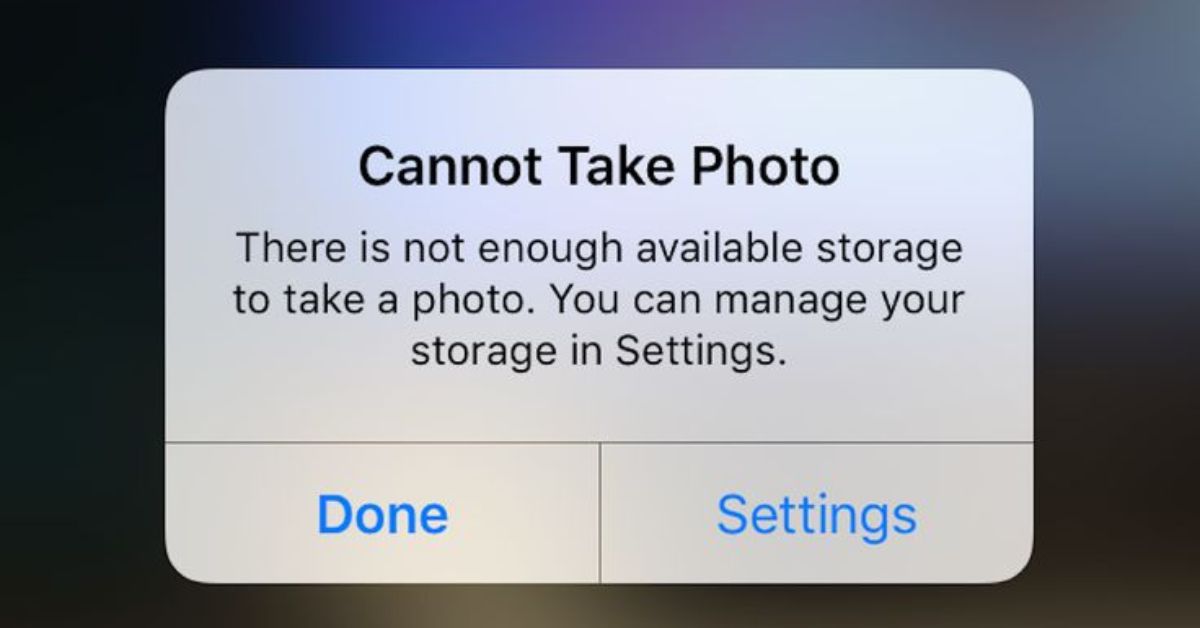On August 2, 2025, social media platforms buzzed with claims of an impending total solar eclipse that would plunge the world into six minutes of darkness. However, NASA and other astronomical authorities have confirmed that no such event is scheduled for this date. The misinformation appears to stem from confusion with a significant total solar eclipse set for August 2, 2027, which is anticipated to be one of the longest of the 21st century. This article clarifies the facts, explores the upcoming 2027 eclipse, and provides guidance on safe eclipse viewing.
Debunking the August 2, 2025 Eclipse Rumor
Viral posts on platforms like TikTok and X, garnering millions of views, falsely claimed that a total solar eclipse would occur on August 2, 2025, causing global darkness for six minutes. According to The Times of India, these claims suggested a rare, once-in-a-century event, sparking public excitement and confusion. Some posts even prompted searches for eclipse glasses and travel plans, amplifying the misinformation.
NASA has firmly debunked these claims, stating that no solar eclipse, total or partial, is scheduled for August 2, 2025. The agency’s astronomical records confirm that the next solar eclipse will be a partial one on September 21, 2025, visible primarily in the Southern Hemisphere, including Australia, Antarctica, and parts of the Pacific and Atlantic Oceans. This event will not be visible in North America or most other regions, and it will not cause widespread darkness.
The Real Event: Total Solar Eclipse on August 2, 2027
The confusion likely arises from anticipation for a major total solar eclipse scheduled for August 2, 2027, often referred to as the “eclipse of the century.” According to NASA, this eclipse will last up to 6 minutes and 23 seconds, making it the longest total solar eclipse visible from land between 1991 and 2114. The event will occur when the Moon passes directly between the Earth and the Sun, fully obscuring the Sun’s light along a narrow path of totality.
The 2027 eclipse’s extended duration is due to a unique astronomical alignment. On August 2, 2027, Earth will be near aphelion, its farthest point from the Sun, making the Sun appear slightly smaller. Simultaneously, the Moon will be near perigee, its closest point to Earth, appearing larger. This combination allows the Moon to cover the Sun completely for a longer period. Additionally, the eclipse’s path near the equator slows the Moon’s shadow, further prolonging totality.
Path of the 2027 Eclipse
The total solar eclipse on August 2, 2027, will be visible across parts of Southern Europe, North Africa, and the Middle East. The path of totality, approximately 258 to 275 kilometers wide, will cover 9,462 miles of Earth’s surface, passing through 12 countries, including:
- Spain: Starting over the Atlantic, the eclipse will cross southern Spain, including Tarifa.
- North Africa: Morocco, Algeria, Tunisia, Libya, and Egypt, with Luxor experiencing the maximum duration of 6 minutes and 23 seconds.
- Middle East: Saudi Arabia, Yemen, and Somalia will also lie within the path.
- Other regions: Gibraltar and the British Indian Ocean Territory will see totality.
Outside this path, a partial eclipse will be visible in much of Europe, Africa, and western Asia, including parts of India, where cities like Mumbai and Goa may see 10% to 30% of the Sun obscured in the late afternoon. According to Space.com, the eclipse’s equatorial trajectory enhances its visibility and duration, making it a prime opportunity for skywatchers and scientists.
Scientific and Cultural Significance
Total solar eclipses are rare and valuable for scientific research. During totality, the Sun’s corona, its faint outer atmosphere, becomes visible, allowing researchers to study solar flares, coronal mass ejections, and magnetic field behavior. The extended duration of the 2027 eclipse will provide scientists with a unique opportunity to collect detailed data, as noted by The Times of India. NASA and the European Space Agency (ESA) plan to use instruments like the Parker Solar Probe and Solar Orbiter to analyze the corona’s composition and temperature.
Historically, solar eclipses have captivated humanity, often inspiring myths and cultural traditions. Today, they draw global attention from eclipse chasers and tourists, with regions like Luxor, Egypt, preparing for significant crowds. The 2027 eclipse is expected to boost tourism in affected countries, with local economies gearing up for an influx of visitors.
Upcoming Eclipses in 2025 and 2026
While no solar eclipse will occur on August 2, 2025, skywatchers can look forward to other celestial events in the near future. According to NASA, the following eclipses are scheduled:
- September 21, 2025: A partial solar eclipse visible in Australia, Antarctica, and parts of the Pacific and Atlantic Oceans. It will not be visible in the U.S., except for a brief penumbral eclipse in Hawaii and western Alaska.
- February 17, 2026: An annular solar eclipse visible in Antarctica, with a partial eclipse in parts of Africa, South America, and several oceans.
- August 12, 2026: A total solar eclipse visible in Greenland, Iceland, Spain, Russia, and a small area of Portugal, with a partial eclipse across Europe, Africa, and North America.
Additionally, a total lunar eclipse on September 7, 2025, will be visible in Europe, Africa, Asia, and Australia, offering another opportunity for skywatchers.
Safe Viewing Practices
Observing a solar eclipse requires strict safety measures to protect eyesight. NASA emphasizes that looking directly at the Sun, even during a partial eclipse, can cause permanent eye damage. Safe viewing methods include:
- Certified Eclipse Glasses: Use glasses or viewers with solar filters meeting international safety standards.
- Pinhole Projectors: Create a simple device to project the Sun’s image onto a surface.
- Telescopes with Solar Filters: Ensure telescopes are equipped with proper filters for safe observation.
During the brief period of totality in 2027, when the Sun is fully obscured, it is safe to view without protection, but only within the path of totality and for the specified duration.
Addressing Misinformation
The viral claims about an August 2, 2025, eclipse highlight the challenges of combating misinformation in the digital age. Posts on X and TikTok, some garnering over 15 million views, fueled public excitement but lacked scientific backing. NASA and reputable sources like BBC Sky at Night Magazine have urged the public to rely on verified astronomical data, such as that provided by NASA’s Eclipse Website or TimeandDate.com, for accurate eclipse schedules and viewing details.
The confusion may have originated from early discussions about the 2027 eclipse, which has been widely publicized as a significant event. This underscores the importance of cross-checking information with credible sources to avoid unnecessary panic or false expectations.
Preparing for the 2027 Eclipse
For those eager to witness the August 2, 2027, total solar eclipse, planning ahead is essential. Cities like Luxor, Egypt, and southern Spain are expected to be prime viewing locations, with travel agencies already offering eclipse tours. The event’s long duration and wide path make it accessible to millions, but clear skies will be crucial for optimal viewing.
Scientists and enthusiasts are also preparing for the eclipse’s research potential. The extended totality will allow for detailed observations of the Sun’s corona, contributing to studies on space weather and its impact on Earth’s communication systems and satellites.
Conclusion
NASA has clarified that no total solar eclipse will occur on August 2, 2025, debunking viral social media claims of a six-minute global blackout. The misinformation likely stems from confusion with a significant total solar eclipse scheduled for August 2, 2027, which will last up to 6 minutes and 23 seconds and be visible across Southern Europe, North Africa, and the Middle East. The next solar eclipse, a partial one, is set for September 21, 2025, in the Southern Hemisphere. Safe viewing practices, including certified eclipse glasses, are essential for observing future eclipses. The 2027 eclipse will offer valuable scientific and tourism opportunities, with preparations already underway.
Sources & References:
- NASA
- The Times of India
- Space.com
- BBC Sky at Night Magazine
- The New York Times
- The Guardian
Author
-

Tyler Grayson brings global events to your screen with clarity, depth, and context. With a background in political science and international relations, Tyler covers diplomacy, global conflicts, climate issues, and major policy shifts with a balanced, facts-first approach. His reporting connects the dots between headlines and their real-world impact.







